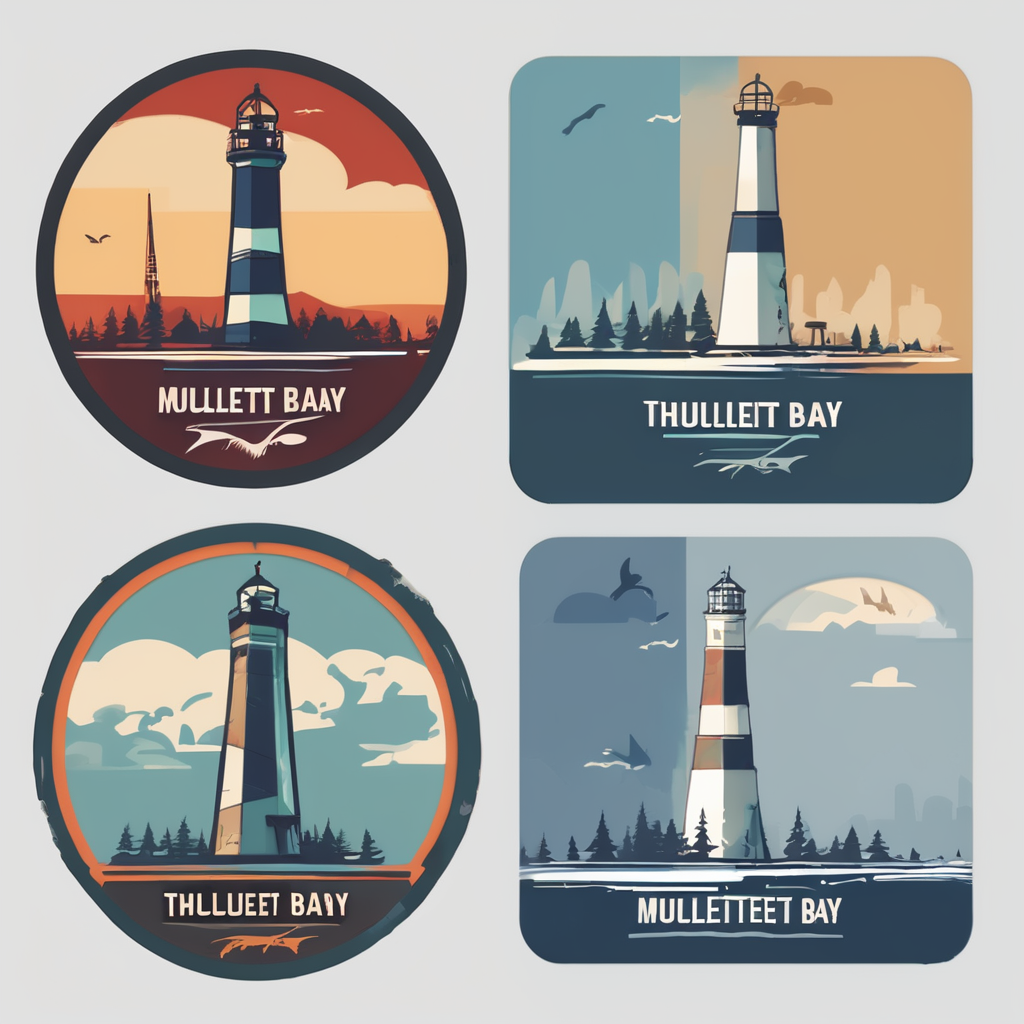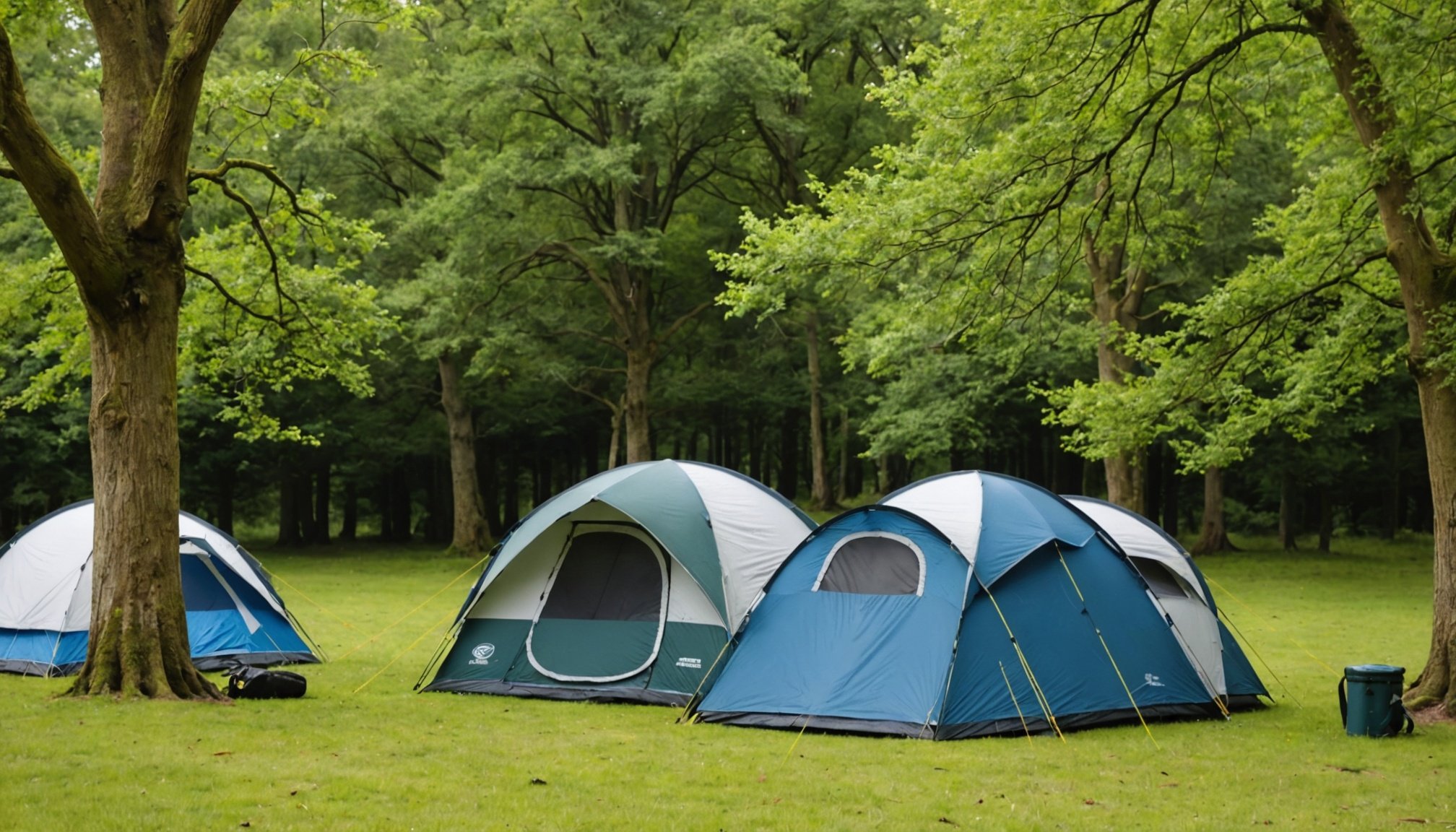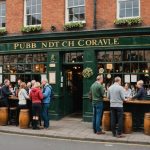Located in the south of England, the New Forest is famed for its stunning landscapes and rich biodiversity. As you plan your camping adventure in this enchanting national park, it’s essential to familiarize yourselves with the wildlife that inhabits the area. Understanding the presence of various creatures not only enhances your camping experience but ensures your safety and theirs. From majestic deer to elusive reptiles, the New Forest is alive with a myriad of species that contribute to its unique ecosystem. In this article, we delve into the fascinating wildlife you may encounter and how best to navigate your outdoor experience with respect and awareness.
The Iconic New Forest Ponies
The New Forest ponies are synonymous with the region, roaming freely across the landscape. These resilient creatures have adapted well to the environment, making them a significant part of the forest’s cultural heritage. As you embark on your camping trip, you’ll likely encounter these gentle equines grazing peacefully.
Understanding Their Role
The New Forest ponies are not just a sight to behold; they play a critical role in maintaining the ecosystem. Their grazing habits help manage vegetation, ensuring a balanced and thriving habitat for other wildlife. These ponies are managed by the local community, known as the Commoners, who uphold centuries-old traditions in caring for them.
Also to read : How can you ensure a safe and enjoyable camping experience with children in Wales?
Guidelines for Interaction
While they may appear approachable, it’s vital to maintain a respectful distance from the ponies. Feeding them is discouraged as it alters their natural behavior and can cause health issues. Instead, observe them from afar, respecting their space and the guidelines set by the Forestry Commission.
Safety Considerations
Although ponies are generally docile, they can become protective if they feel threatened. Keep your food and camping gear secure to prevent attracting them to your campsite. Remember, these animals are wild, and your safety and theirs rely on mutual respect and understanding.
Also to read : How do you choose the best campsite for stargazing in the British countryside?
The Majestic Deer Herds
The New Forest is home to several species of deer, including fallow, roe, and red deer. These animals are a captivating part of the park’s wildlife and offer an awe-inspiring spectacle for campers. Spotting a deer herd in the early morning mist is a memory you’ll cherish.
Identifying the Species
Each species of deer in the New Forest has unique characteristics. Fallow deer are easily recognizable by their palmate antlers and spots, while red deer are larger and characterized by their impressive antlers. Roe deer, on the other hand, are smaller, with a distinct reddish-brown coat.
Best Practices for Observing
Observing deer in their natural habitat requires patience and silence. Position yourselves downwind to avoid detection, and use binoculars for a closer look. Maintain a safe distance, as sudden movements or noise can startle them, potentially causing them to flee.
Conservation Efforts
The New Forest’s deer populations are carefully managed to prevent overgrazing and ensure ecological balance. Efforts include monitoring population numbers and managing habitats to support a sustainable wildlife community. As visitors, your role is to support these conservation efforts by minimizing disturbances and adhering to park guidelines.
Encountering Reptiles and Amphibians
Beyond the mammals and birds, the New Forest is a haven for reptiles and amphibians, adding another dimension to its ecological diversity. As you traverse the forest paths, keep an eye out for these often-overlooked creatures.
Common Species to Look For
The New Forest hosts several reptile species, including adders, grass snakes, and slow worms. Adders, the UK’s only venomous snake, are distinctive with their zigzag pattern and are generally shy. Grass snakes are non-venomous and are often found near water sources. Slow worms, although legless, are lizards and can be mistaken for snakes.
Safety Tips and Respect
While reptile encounters can be thrilling, it’s crucial to exercise caution, particularly with adders. Avoid picking up or disturbing any reptiles. If you spot an adder, give it plenty of space and allow it to move away on its own. Wearing sturdy boots helps protect against accidental encounters.
The Amphibian World
Frogs, toads, and newts are common in the New Forest, often found in damp areas. The great crested newt is a notable protected species, with its distinctive orange belly. Amphibians play a vital role in the ecosystem by controlling insect populations and serving as prey for larger animals. Enjoy observing them, but refrain from handling these sensitive creatures.
Birdwatching in the New Forest
The New Forest is a birdwatcher’s paradise, with a diverse range of avian species. From striking raptors to melodious songbirds, the forest’s skies and trees are alive with birdlife, offering a feast for the eyes and ears.
Notable Bird Species
Several bird species make the New Forest their home, including the iconic goshawk, known for its powerful flight and sharp hunting skills. The vibrant woodpecker, with its distinctive drumming, is another common sight. During spring and autumn, the forest plays host to migratory birds, adding to its avian diversity.
Optimal Birdwatching Tips
For a rewarding birdwatching experience, bring a pair of binoculars and a field guide. Early mornings or late afternoons are prime times for sightings. Staying quiet and still increases your chances of observing these feathered inhabitants closely.
The Role of Birds in the Ecosystem
Birds are integral to the New Forest’s ecological balance, aiding in seed dispersal and pest control. Appreciating their role can deepen your understanding of the forest’s complex web of life. Support conservation efforts by following designated trails and minimizing noise pollution.
Conclusion
Camping in the New Forest offers a unique opportunity to connect with nature. By becoming aware of the diverse wildlife, you enrich your experience and contribute to preserving this precious ecosystem. Whether you’re captivated by the grace of deer, intrigued by elusive reptiles, or enthralled by birdsong, the New Forest beckons with wonders at every turn. Approach your adventure with curiosity, respect, and a commitment to leaving no trace.











